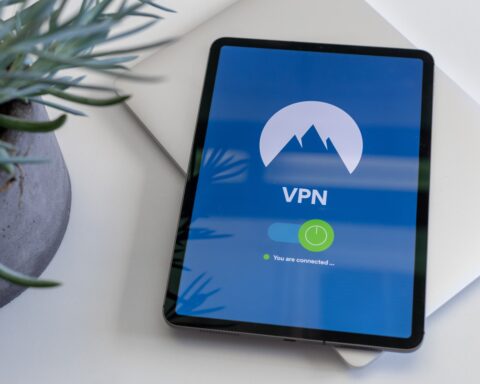There’s been a surge of interest in cyber threat intelligence in recent years. It owes much of its growth to the devastating record of sophisticated cyberattacks that have affected even some of the best-protected enterprises.
Additionally, the internet has become increasingly unsafe for individuals as evil hackers have made online theft a source of income, making cyber threat intelligence such an important concept in the world of security.
What is Cyber Threat Intelligence (CTI)?

Threat intelligence is any knowledge that allows you to prevent or mitigate attacks. It enables you to understand the motivations, intentions, and competencies of your potential attackers. Without it, you will not understand the risks to your enterprise faces.
Cyber threat intelligence is the information collected, filtered and analyzed to answer essential questions regarding any cyber threats that an organization may face. Some of those questions include: who is likely to attack what assets, where, when, and how.
“Threat intelligence is evidence-based knowledge, including context, mechanisms, indicators, implications, and action-oriented advice about an existing or emerging menace or hazard to assets.”
– Gartner
Threat intelligence is generally broken down into three subcategories: Strategic, Tactical, and Operational.
How Strategic Threat Intelligence Helps Identify Threats
Strategic threat intelligence is non-technical and used by high-level strategists to inform specific decisions. At this level, Chief Investment Security Officers and IT managers collect all the information needed to set priorities or make budgeting and staffing decisions. They also make decisions based on business risks and potential attacks.
The basis of strategic threat intelligence rests on strong two-way communication between threat analysts and the board of directors.
How Operational Threat Intelligence Helps Identify Threats
Operational threat intelligence, also called technical cyber threat intelligence, provides highly specialized technical intelligence to coordinate and guide the response to specific incidents. It is often related to malware, campaigns and often come in the form of forensic reports.
At the operational level, the team can find relevant information about threats, reconstruct the attacks, and take action to stop them.
How Tactical Intelligence Helps Identify Threats
Tactical threat intelligence provides data about specific tactics, techniques, and procedures (TTPs) used by threat actors to achieve their intentions. Technical defenders – such as system architects and security personnel – and security decision-makers are the audience for this type of threat intelligence.
Organizations can effectively manage defences and allocate security resources when they understand the tools, infrastructure, attack vectors, and other strategies used against targets in their industry or location.
8 Steps for Implementing a Cyber Threat intelligence Program
- Develop a strategic roadmap
- Build a central knowledge base
- Expand monitoring
- Train staff
- Automate workflows
- Organize communications
- Develop a hunt mission capability
- Refine and improve the process
Benefits of a Good Cyber Threat Intelligence in an Organization
- Cyber threat intelligence gives organisations insights on mechanisms and implications of threats, allowing them to build defence strategies and frameworks, and reduce attacks. The end goal is to mitigate harm and protect their network.
- It gives corporations a good understanding of what’s happening outside their network. It also gives them better visibility of the cyber threats that bring the most severe risk to their infrastructure.
- Removes invalid threat indicators so they don’t create
false positives. - Helps corporate management decide how to budget to adequately mitigate risk.
- Provides situational awareness and context to determine attackers’ intentions, targets, and methods.
Top 3 Cyber Threat Intelligence Data Services
IBM X-Force Exchange
IBM’s threat intelligence sharing platform for security analysts provides fast access to intel on recent cyber threats. You can then share your findings with other users. Through this, you can search for URLs, IP addresses, web applications and CVEs. It also gives you insight into their historical records, risk scores, locations and lots more.
Recorded Future
Recorded Future provides threat intelligence feeds solution that has more than 65 threat data streams. The platform allows you to integrate with other threat feeds you already have. It correlates and analyzes the data for you. The advantage it gives is the ability to focus on intelligence that matters. That allows you to make quicker, better-informed security decisions.
FireEye iSIGHT Threat Intelligence
FireEye iSIGHT is another popular platform that combines machine-based intelligence, adversary, and victim. The company has intelligence researchers around the world to deliver the intel on attackers’ tactics and techniques.
Cyber threat intelligence plays an integral role in protecting your business against cyber threats. Any business that takes cybersecurity seriously should dedicate resources towards it.






